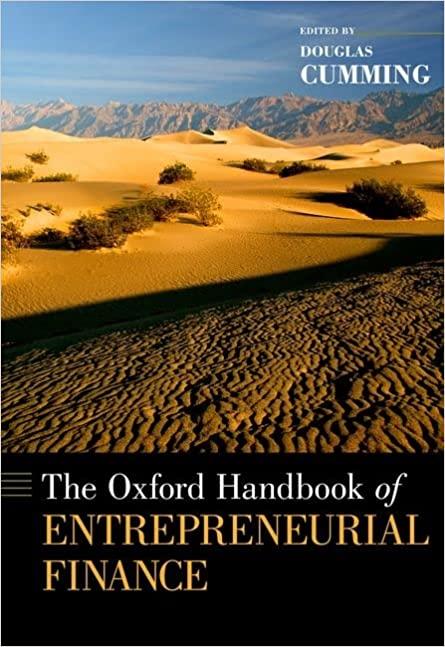Question
IntegrativeDetermining relevant cash flows Atlantic Dry dock is considering replacing an existing hoist with one of two newer, more efficient pieces of equipment. The existing
IntegrativeDetermining relevant cash flows Atlantic Dry dock is considering replacing an existing hoist with one of two newer, more efficient pieces of equipment. The existing hoist is 3 years old, cost $31,500, and is being depreciated under MACRS using a 5-year recovery period. Although the existing hoist has only 3 years (years 4, 5, and 6) of depreciation remaining under MACRS, it has a remaining usable life of 5 years. Hoist A, one of the two possible replacement hoists, costs $39,500 to purchase and $8,500 to install. It has a 5-year usable life and will be depreciated under MACRS using a 5-year recovery period. The other hoist, B, costs $54,900 to purchase and $5,800 to install. It also has a 5-year usable life and will be depreciated under MACRS using a 5-year recovery period. Increased investments in net working capital will accompany the decision to acquire hoist A or hoist B. Purchase of hoist A would result in a $4,200 increase in net working capital; hoist B would result in a $5,500 increase in net working capital. The projected profits before depreciation and taxes with each alternative hoist and the existing hoist are given in the following table.
| Earning before depreciation,interest,and taxes | |||
| year | with hoist A | with hoist B | WITH EXISTING HOIST |
| 1 | 20,700 | 21,700 | 14,900 |
| 2 | 20,700 | 24,000 | 14,900 |
| 3 | 20,700 | 25,400 | 14,900 |
| 4 | 20,700 | 25,400 | 14,900 |
| 5 | 20,700 | 25,400 | 14,900 |
The existing hoist can currently be sold for $18,600 and will not incur any removal or cleanup costs. At the end of 5 years, the existing hoist can be sold to net $1,400 before taxes. Hoists A and B can be sold to net $11,500 and $21,000 before taxes, respectively, at the end of the 5-year period. The firm is subject to a 40% tax rate on both ordinary income and capital gains. (Table 3.2 on page 100 contains the applicable MACRS depreciation percentages.)
a. Calculate the initial investment associated with each alternative.
b. Calculate the incremental operating cash inflows associated with each alternative. (Note: Be sure to consider the depreciation in year 6.)
c. Calculate the terminal cash flow at the end of year 5 associated with each alternative.
d. Depict on a time line the relevant cash flows associated with each alternative.
| Rounded Depreciation Percentages by Recovery Year Using MACRS for First Four Property Classes | ||||
| Percentage by recovery year* | ||||
| Recovery year | 3 years | 5 years | 7 years | 10 years |
| 1 | 33% | 20% | 14% | 10% |
| 2 | 45% | 32% | 25% | 18% |
| 3 | 15% | 19% | 18% | 14% |
| 4 | 7% | 12% | 12% | 12% |
| 5 | 12% | 9% | 9% | |
| 6 | 5% | 9% | 8% | |
| 7 | 9% | 7% | ||
| 8 | 4% | 6% | ||
| 9 | 6% | |||
| 10 | 6% | |||
| 11 | 4% | |||
| Totals | 100% | 100% | 100% | 100% |
a) Calculate the NPV, IRR, Payback Period and Discounted Payback Period (the cost of capital of 10%)
b)By using you own assumption or probability of occurring for new machine only (others remain unchanged), prepare a scenario analysis and recalculate the incremental operating cash inflow for year 1 to 5 associated with the proposed replacement.
Step by Step Solution
There are 3 Steps involved in it
Step: 1

Get Instant Access to Expert-Tailored Solutions
See step-by-step solutions with expert insights and AI powered tools for academic success
Step: 2

Step: 3

Ace Your Homework with AI
Get the answers you need in no time with our AI-driven, step-by-step assistance
Get Started


